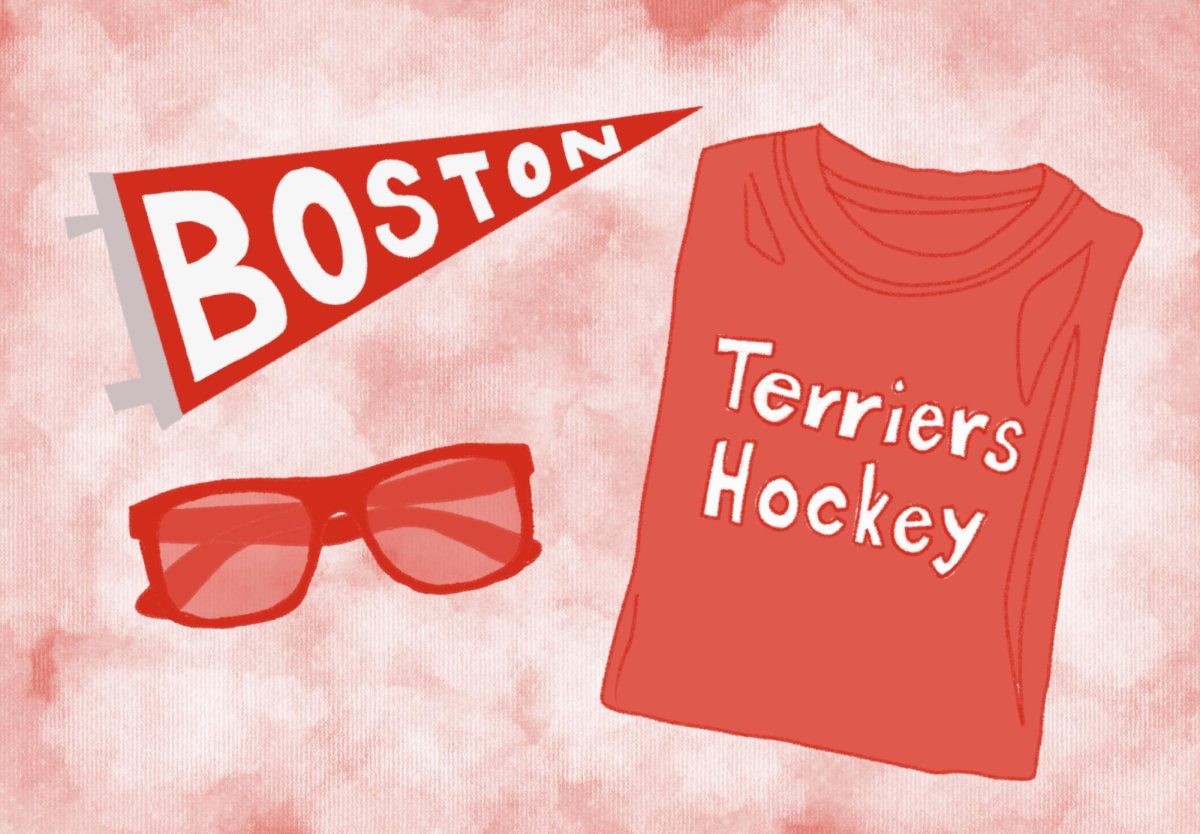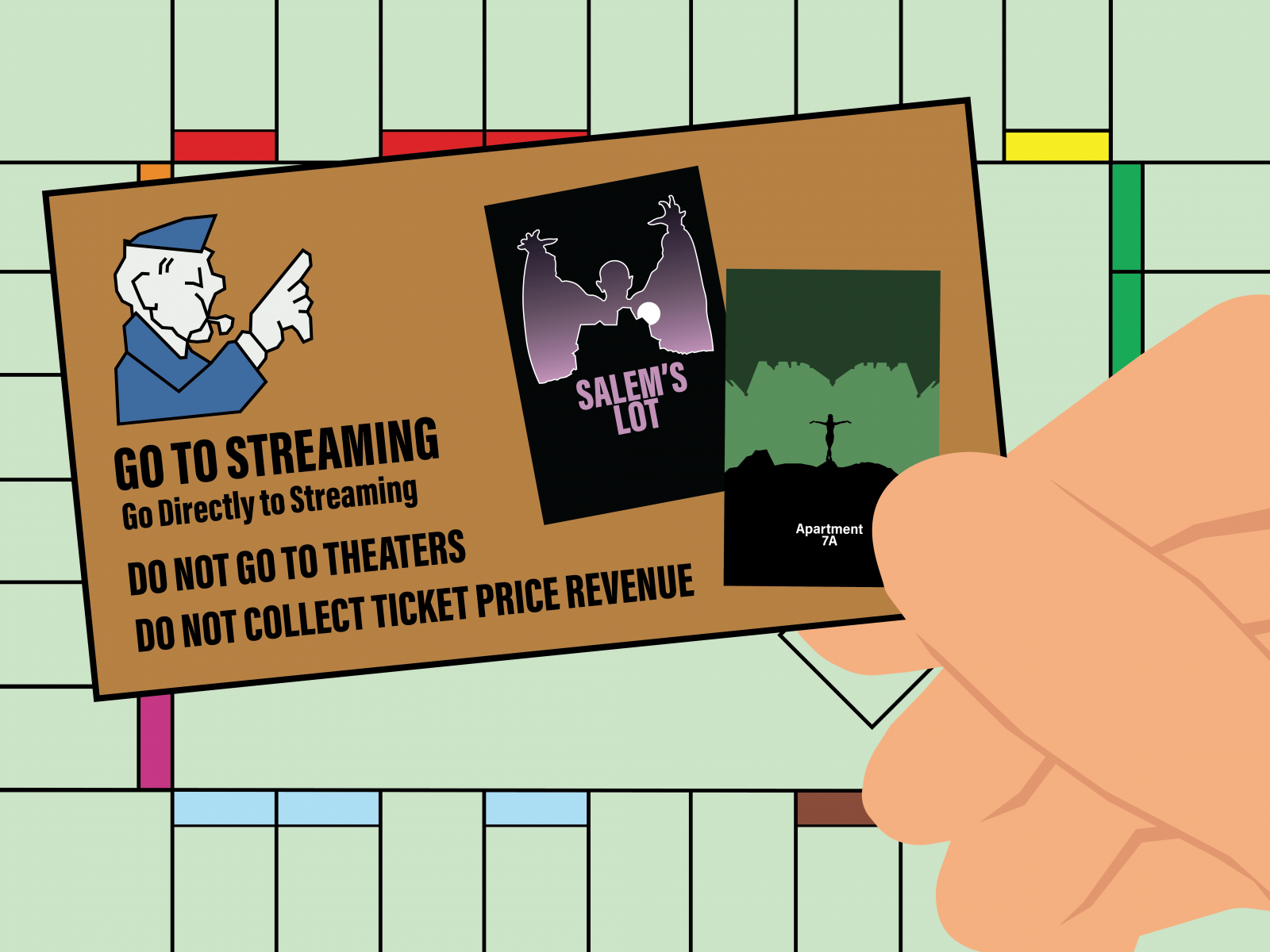For a film focused on deceit, fashion and murder, it might come as a surprise to some that “House of Gucci” feels as lifeless as it does. With its intriguing premise and star-studded cast, one would expect this tale of a dynasty eating itself alive to be one of director Ridley Scott’s finer works, but instead, it comes across as one of his least inspired.
Unfolding at a slow crawl and featuring surprisingly dull production values, “House of Gucci” is a far cry from the intensity that Scott brought to October’s “The Last Duel,” although it is nearly partially redeemed by its outstanding lead performances.
Based on a true story, “House of Gucci” primarily follows Patrizia Reggiani — played by Lady Gaga — an Italian woman who, through her own charm and persistence, finds herself in a romantic relationship with Maurizio Gucci — played by Adam Driver — the reluctant heir to a vast fashion empire.

When Maurizio is inevitably drawn to take up the mantle left behind by his father, Patrizia is right there by his side, serving as both the angel and the devil on his shoulders as he careens into a family feud with Aldo Gucci — his uncle, who’s played by Al Pacino. As Patrizia’s boldness threatens to overwhelm her civility, Maurizio grows disillusioned toward both his place in his company and in his relationship with her, fracturing the bond between the couple and setting the stage for a harrowing act of violence.
The true driving force behind “House of Gucci” is its performances, and there is none more exhilarating and intoxicating to watch than that of Lady Gaga. As Patrizia, Lady Gaga deftly embodies the determination and eventual desperation of this tragic figure, providing the film with both its juiciest and most heart-wrenching moments. Renouncing the pop star sheen that clung to her role in “A Star is Born,” Lady Gaga mined the intricacies of her character to shine in the new role, allowing Lady Gaga to continue to prove herself as a professional actress.
The same can be said about Driver, who brilliantly plays off of Lady Gaga’s ferocity with a chilling sense of animosity. Even Jared Leto’s transformation as Paolo Gucci, although baffling in nearly every facet of its presence, is able to hold the viewer’s interest through sheer eccentricity.
Unfortunately, as compelling as they are, these performances can not conceal some of the movie’s more glaring problems. With a runtime of more than two-and-a-half hours, this film has practically nonexistent pacing, bleeding from one scene to the next with no sense of urgency or indication of where the plot is heading.
Furthermore, for a movie about a fashion brand, it pays very little attention to the clothing it is based upon, focusing too much on the family drama at hand to a disheartening effect. Even more disappointing is the seeming disregard to the film’s lighting. Most scenes are smothered in sterile and drab colors, completely undermining the talent of cinematographer Dariusz Wolski. At times, it is hard to believe that a film this lacking in ingenuity could come from the same director that was a part of “Alien: Covenant” and “Blade Runner.”
While “House of Gucci” features its fair share of captivating moments, mostly thanks to the work of Lady Gaga and Driver, the dead air that surrounds them is so immense that the film nearly caves in on itself. As a brand, Gucci is innovative, exciting and timeless. As a film, “House of Gucci” is dissatisfying, monotonous and not nearly campy enough to warrant its existence.
While it could allow Lady Gaga to receive a well-deserved win at the Oscars this season, it won’t be long before the film itself — much like other pieces of fashion that dared to hold a flame to Gucci — winds up on a clearance rack somewhere.




















































































































